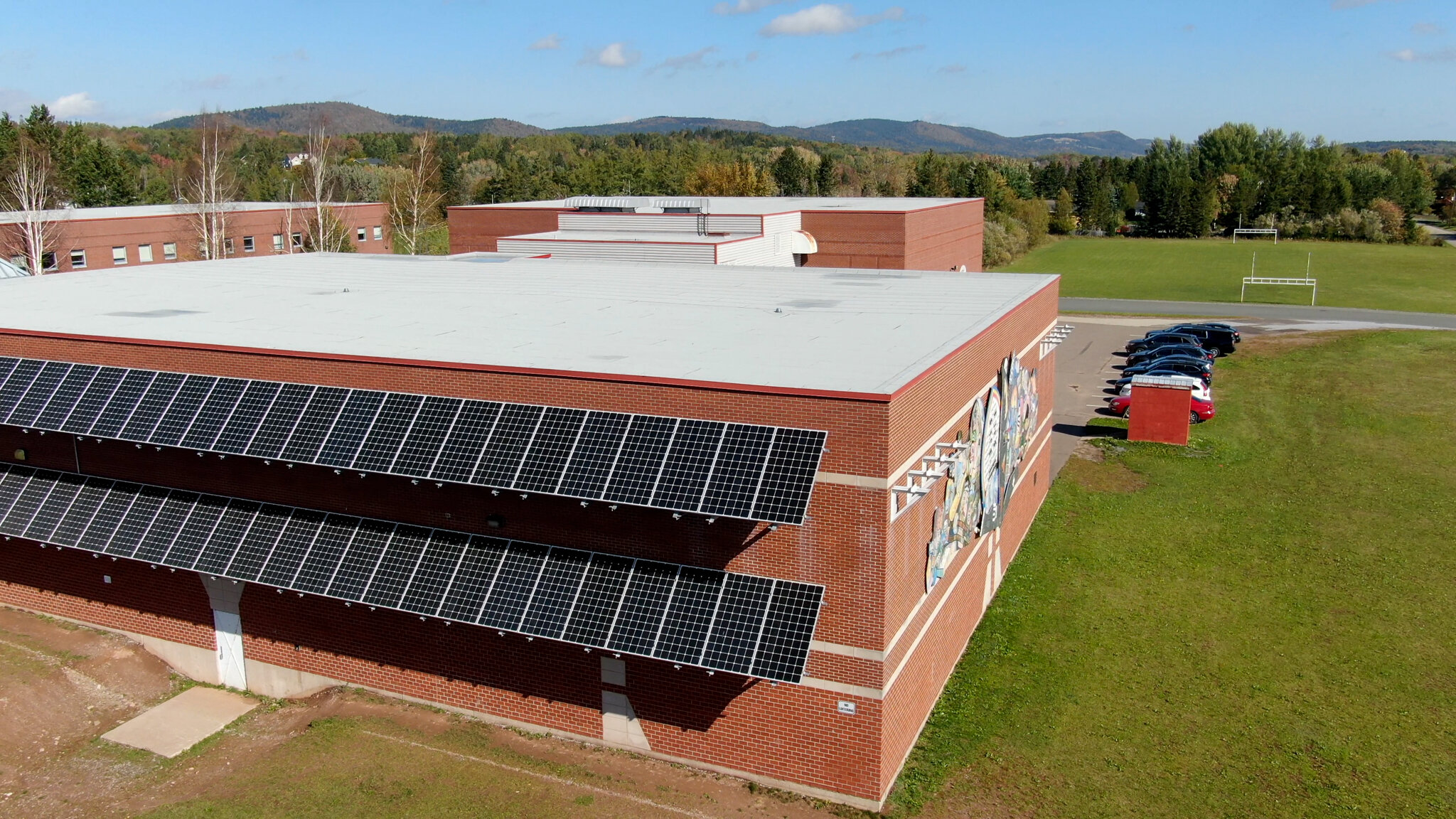Solar Energy Fuels Bright Minds at Hampton High
By: Matthew Conradi
may 2021
Electricity can be confusing. Even after working in the industry for some time, I continue to catch myself staring at wall outlets and contemplating the series of events which occur to allow for me to be able to sit here at this computer, in a well-lit office, writing this blog. If at twenty-something years old I’m still mind-boggled by the magical nature of what is such a huge part of our everyday lives, imagine how our youth must struggle to understand how electricity works.
Part of this struggle absolutely has to do with the concept of electricity being weird. Like, really weird. We don’t usually consider how strange it is, but imagine having to explain it to someone from the distant past. Someone with absolutely no previous knowledge of electricity. It would be utterly hopeless. Just imagine…
“What is electricity?”
“Well it’s kind of like this mystical substance that we use to power devices in our homes and businesses.”
“Can you see it?”
“Not really.”
“Can you smell it?”
“Not unless something really bad has happened.”
“How do you make electricity?”
“We have these machines called generators.”
“What’s inside the generators?”
“…Magnets.”
“How do you power the generators?”
“Lots of different things. Old compressed dinosaurs (fossil fuels), wind, water, sunshine, and sometimes we use something called nuclear fission, which as far as I can tell is just an abundance of hard-to-spell words.”
“How do you transport the electricity?”
“Hundreds of kilometres of extension cords strung way above our heads.”
If you’re a student struggling to grasp the concepts behind how electricity works, I truly hope the above makes you realize it isn’t even remotely your fault. Thankfully however, there is help available.
The Gaia Project is a non-profit charitable organization in New Brunswick with the mission to empower youth to take action on climate change through education. One of the ways they are achieving this is through their Sustainability in Action program, which encourages students to investigate their school’s ecological footprint.
A group of students at Hampton High School who recently participated in the Sustainability in Action program were intrigued by the innovative wall-mounted solar array that we were fortunate enough to be able to provide for their school in 2019, and inspired to investigate exactly how much solar energy would be required to provide power for the entire school.
“This program introduces students to real-world climate issues, sustainability practices, and problem-solving strategies that can be immediately implemented in their school or home.”
The students explored the impact their school’s energy needs can have on the environment due to a heavy reliance on traditional energy sources, such as burning fossil fuels, and how this directly contributes to harmful greenhouse gas emissions. Developing an understanding of how the energy we use directly affects the world in which we live is crucial when assessing the feasibility of any Green Investment.
After analyzing Hampton High School’s electricity consumption, the students were able to compare and contrast to the energy being produced by their existing solar array and determine what percentage of their total energy needs are currently being provided by clean solar energy. This exercise definitely provided some insight into the huge amount of energy a facility like Hampton High School consumes, and the equally huge amount of solar panels that would be required to supplement that figure.
“This solar array has really sparked the interest of our students and faculty. We’re pleased to have since introduced sustainability focused components into our regular curriculum, including activities revolving around energy analysis, waste management, and environmental stewardship.”
Hampton high school’s solar energy impact
15 Tons of Co2 Emissions Avoided
1,008 Electric Cars Charged
2,136 Gallons of Gasoline Offset
Over 4.4 Million Phones Charged
The students determined that based on a system with a similar level of efficiency as their current solar array consisting of 64 solar panels, they would need an additional 3,562 solar panels to supplement all of their school’s energy requirements. That’s a big number, but it doesn’t surprise me. It’s a big school!
I know I can speak for our entire team in saying that we are so happy to see Hampton High School recognized as the recipient of NB Power’s Education Award in the 2020 Energy Efficiency Excellence Awards, and for creating enhanced learning experiences for today’s youth. These activities are so important in generating interest in not only solar energy, but environmentally sustainable activities as a whole.
Simply being aware of the impact we have on our environment is a huge step towards doing better, and that’s something we should all be proud of.
NB Power Education Award Winner, 2020







